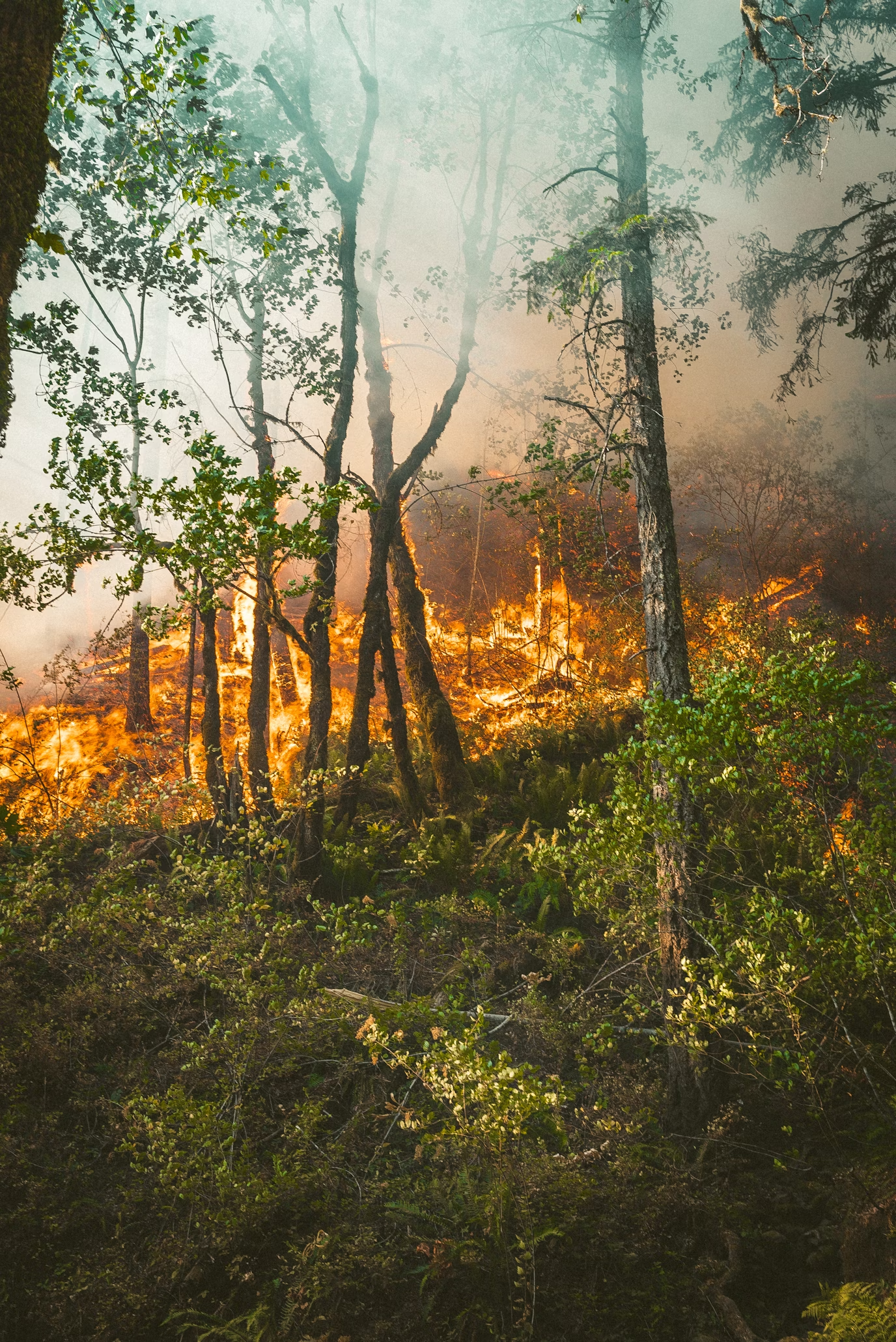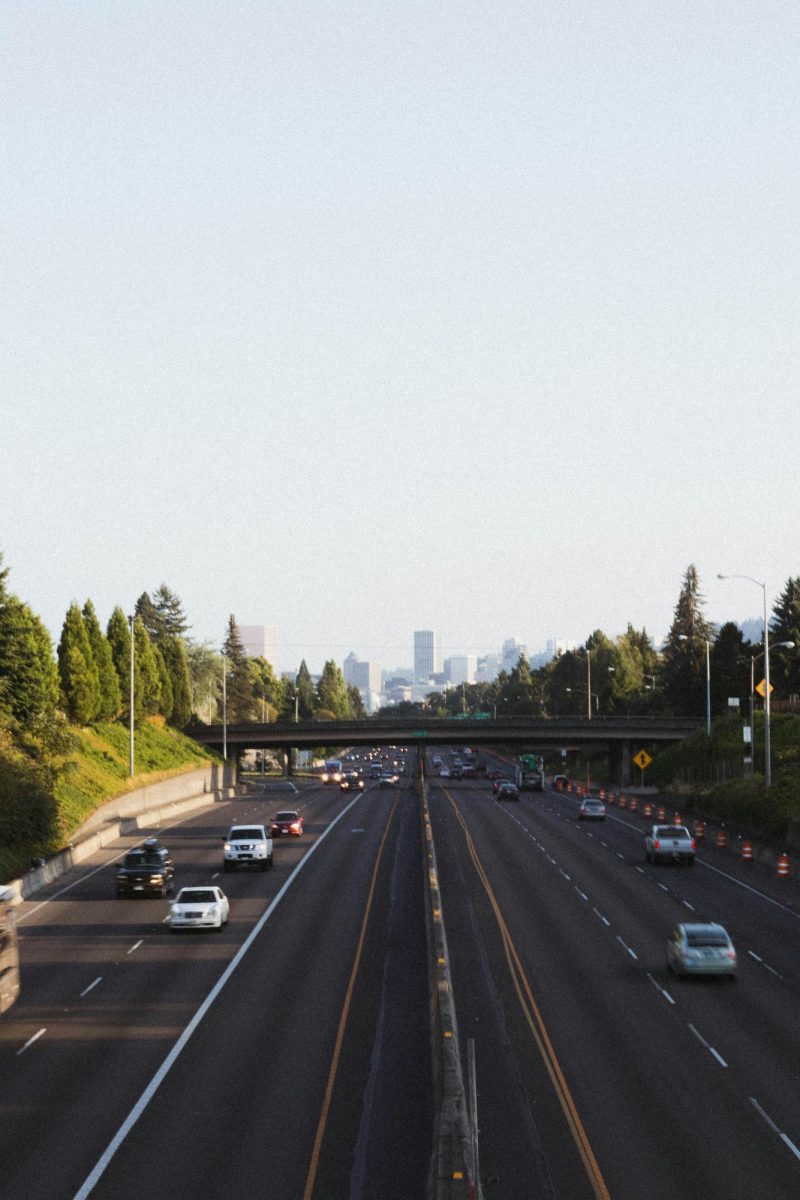Wildfires are notorious in Oregon for their destructive tendencies, and with summer approaching, the health of Oregon residents could take a hit. Public health trends show that smoke inhalation is at its highest and most dangerous during the months of June-August, with the number of days of the Air Quality Index (AQI) being at an unhealthy level for sensitive groups ever increasing. These trends will continue to worsen the health conditions this summer.
Smoke Inhalation
‘Sensitive groups’ on the Air Quality Index refers to people with heart or lung diseases, as well as the older population and young children. The general public may be disinclined to worry about what exactly it is that they are breathing in during wildfire season, but in truth, long exposure can lead to serious health conditions. Wildfire smoke is full of tiny particles, or “particulate matter,” which consists of burnt remains of trees and other natural materials. When these particles are inhaled, especially over a long period of time, it can irritate the lungs and cause health problems. Longer exposure directly correlates to worsening existing conditions.
“[Wildfire smoke] aggravates COPD and asthma,” said Vancouver firefighter/paramedic Joshua Surenok. “Particles in the smoke can irritate your throat, nose, and eyes.”
People with these conditions should take precautions to protect themselves from excessive smoke inhalation this summer. Surenok suggests keeping the filters clean in the house, and staying indoors. “If you go out, it might help to wear a mask,” he adds. “In the car, change the cabin air filter too.”
Fire Regimes
A fire regime is the typical pattern of wildfires and their effects over time. In Oregon, fires occur most frequently in southwestern and eastern Oregon, varying in severity. As we look towards this upcoming wildfire season, we can expect fires to start and burn in the same patterns as in the past.
Fire ecologists study these fire regimes, as well as the ecological impacts of wildfires. This study is important for understanding how the fires can impact the lives of civilians, as well as our ecosystem.
“Every forest is unique, every fire is unique,” said James Johnston, fire ecologist and associate University of Oregon professor.
Impacts on Water Quality
As wildfires burn soil and the organic matter of our ecosystem, that burnt material and chemical runoff can make its way into our water supply. This increases the pH of the water, which in turn makes it more difficult to treat. Wildfires can also cause benzene, a carcinogen, to develop in the water supply. Contaminated water can be dangerous, causing health problems such as blood disorders and increased risk of cancer, as well as algae blooms.
While the fire itself can impact the water quality, the equipment used to put wildfires out can cause damage as well. Flame retardant, which contains fertilizer and phosphorus, is released from aircraft over a large area in hope of containing and diminishing the fire in that zone.
However, the flame retardant that is not absorbed by the plants and soil where it was released can enter nearby water supply, which perpetuates the formation of algae and thereby also contaminates water quality in the area.
Wildfire Origins and Preventative Measures
The community of Clackamas County citizens have witnessed the aftermath of tragic wildfires time after time. We are charged with looking to the future, rebuilding, and starting from scratch after the destruction a fire causes. But understanding how wildfires actually start can give us the tools we need in order to prevent future damage.
The most common cause of wildfires in the state of Oregon is human activity. Things like unattended campfires, discarded cigarettes, and even some types of fireworks can quickly spark and turn into raging wildfires if proper precautions are not taken. Human activity causes 70-80% of Oregon’s wildfires.
When burning, be sure to always have a source of water or a fire extinguisher nearby. A bucket of water or a hose ensures that if a fire begins to spread, it can be easily and efficiently put out before it causes much damage to its surroundings.
Oregon Wildfire Response and Recovery also suggests making sure “your landscape is LEAN (plants are spaced apart), CLEAN (free of flammable debris), and GREEN (healthy and watered often).”
In the event of a wildfire, families can be prepared to evacuate by having an emergency go-kit ready. The American Red Cross recommends stocking an emergency kit with supplies such as a first aid kit, water, and a flashlight.
Taking care of the surrounding landscape as well as having a survival kit ready will ensure that citizens of Clackamas County are ready in the event of a wildfire related evacuation.
Wildfires: Beneficial or Detrimental?
Clackamas County citizens are no strangers to wildfires or evacuation maps. The general population of Oregonians regards them as something to be feared, to take precautions against, always be ready to run away from. Wildfires can cause serious damage to buildings, property, and landscapes, so these views have validity given the past wildfires Oregon has experienced.
However, they can be both good and bad if we consider both the infrastructure as well as the environment and surrounding ecosystem.
“Effects of a fire vary widely,” said Professor Johnston. “It depends.”
Wildfires, when burning plants and trees, can actually help promote growth of healthier and more abundant vegetation. As the fire burns lowlying brush, it provides nutrients to the surrounding soil, which benefits trees in the area. Low brush, which catches fire more easily than trees do, helps the fire to burn swiftly past big trees, protecting them and helping them to live longer.
Wildfires also help to open up densely forested areas, making it so that the trees can breathe and live longer, healthier lives.
“It all depends on the geographical scale of wildfire effects,” said Johnston.
As Clackamas County enters back into another hazardous wildfire season, citizens should follow state recommendations concerning public health. When the AQI starts to become unhealthy, limit time outside and change filters in the house and car. If we are well prepared for a wildfire to occur, then we as a community will be less likely to panic in the event of one of these disasters.
Wildfires are serious events, but have potential to benefit our ecosystem and plant life.
As Johnston puts it, “We need to deal with wildfires like people in the Midwest deal with tornadoes.”







